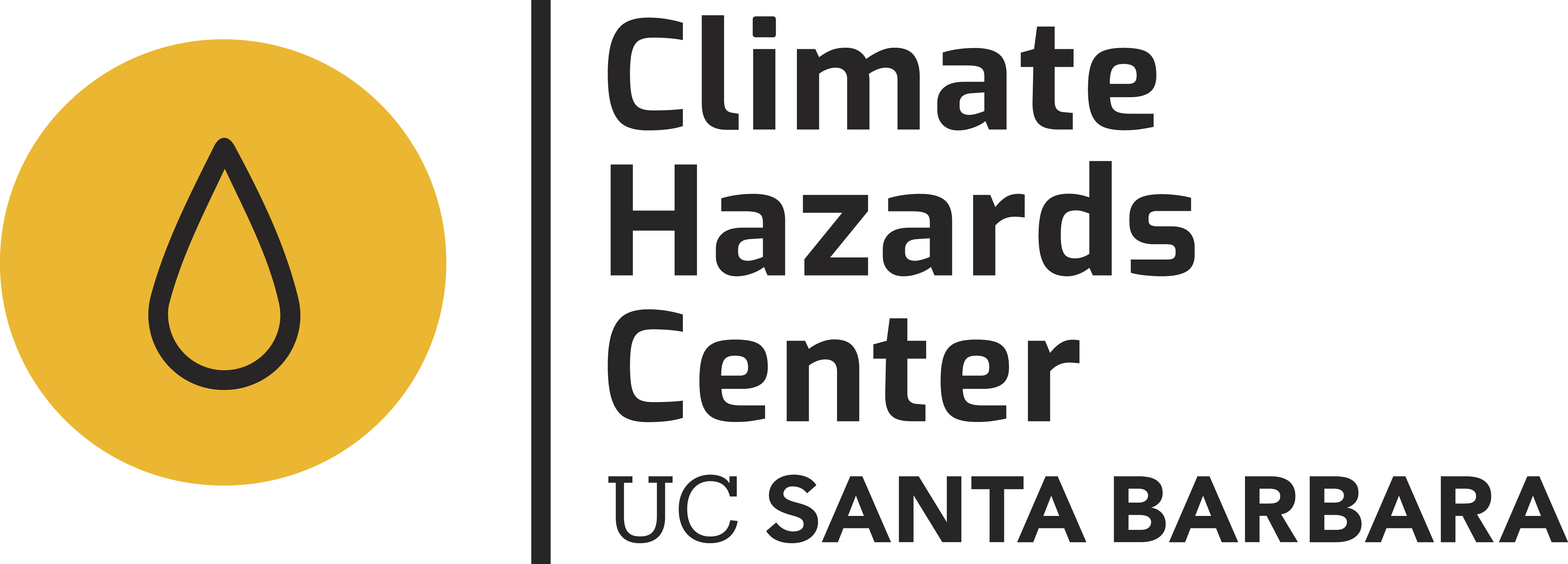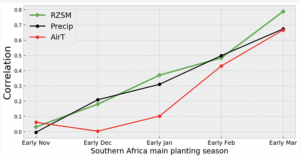CHC and affiliates, led by Shrad Shukla, author an article titled "Improving early warning of drought-driven food insecurity in southern Africa using operational hydrological monitoring and forecasting products" with Natural Hazards and Earth System Sciences (NHESS). This article demonstrates that NHyFAS products can effectively support food insecurity early warning in Southern Africa, and RZSM forecasts can provide early indication of drought development.
Abstract: The region of southern Africa (SA) has a fragile food economy and is vulnerable to frequent droughts. Interventions to mitigate food insecurity impacts require early warning of droughts – preferably as early as possible before the harvest season (typically starting in April) and lean season (typically starting in November). Hydrologic monitoring and forecasting systems provide a unique opportunity to support early warning efforts, since they can provide regular updates on available root-zone soil moisture (RZSM), a critical variable for crop yield, and provide forecasts of RZSM by combining the estimates of antecedent soil moisture conditions with climate forecasts. For SA, this study documents the predictive capabilities of RZSM products from the recently developed NASA Hydrological Forecasting and Analysis System (NHyFAS). Results show that the NHyFAS products would have identified the regional severe drought event – which peaked during December–February of 2015–2016 – at least as early as 1 November 2015. Next, it is shown that during 1982–2016, February RZSM (Feb-RZSM) forecasts (monitoring product) available in early November (early March) have a correlation of 0.49 (0.79) with the detrended regional crop yield. It is also found that when the February RZSM forecast (monitoring product) available in early November (early March) is indicated to be in the lowest tercile, the detrended regional crop yield is below normal about two-thirds of the time (always), at least over the sample years considered. Additionally, it is shown that the February RZSM forecast (monitoring product) can provide “out-of-sample” crop yield forecasts with comparable (substantially better with 40 % reduction in mean error) skill to December–February ENSO. These results indicate that the NHyFAS products can effectively support food insecurity early warning in the SA region. Finally, since a framework similar to NHyFAS can be used to provide RZSM monitoring and forecasting products over other regions of the globe, this case study also demonstrates potential for supporting food insecurity early warning globally.

